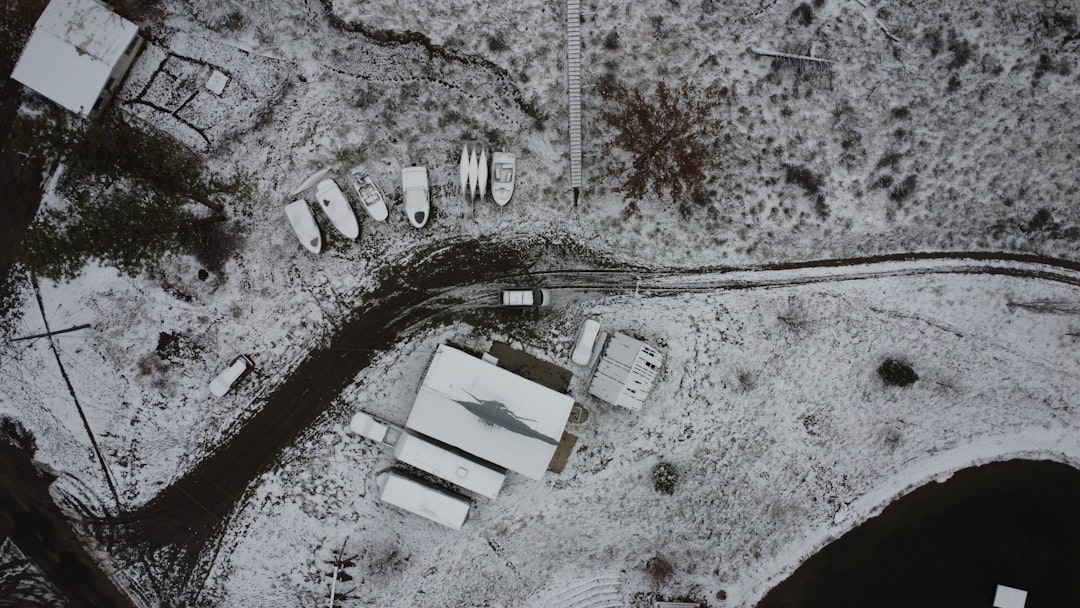**The Persistent Watch of the Skies: Customs and Border Protection’s Predator Drones Over LA**
Customs and Border Protection (CBP) has significantly increased the usage of its Predator drones over the bustling city of Los Angeles. This surge in drone activity primarily aims to bolster border security and enhance surveillance, but it is also sparking robust discussions on privacy and the management of urban airspace.
Los Angeles, a city widely recognized for its diverse demographics and complex infrastructure, is becoming a focal point for advanced surveillance practices. The Predator drones, originally used for military purposes, are equipped with high-tech cameras and sensors capable of capturing intricate details from the skies. This capability is crucial for CBP’s mandate to curb illegal immigration and monitor potential threats.
However, the deployment of these drones over a densely populated urban environment like Los Angeles raises pertinent questions about privacy and public oversight. Residents and privacy advocates express concerns about the extent of data being collected and the potential for misuse. The drones’ ability to track and record activities silently and from a significant altitude means that individuals and communities may be unaware of being observed.
Adding to the complexity, Los Angeles’s airspace is one of the busiest in the world. The presence of such sophisticated drones necessitates enhanced coordination with existing air traffic to prevent interference with commercial flights and private aircraft. This situation demands a rethinking of regulatory frameworks to accommodate new technologies while ensuring safety and privacy are not compromised.
Proponents argue that the increased drone operations are essential for public safety. They emphasize the role of these aerial devices in providing comprehensive surveillance that supports law enforcement efforts. According to CBP, drones contribute significantly to the detection of illegal activities, thus making communities safer.
Balancing these advantages against privacy concerns is an ongoing challenge. The current debate often focuses on finding an equitable solution that respects individual rights while recognizing the necessity of enhanced security measures. Transparency in the operation and deployment of drones, as well as robust regulatory mechanisms, are often cited as necessary measures to earn public trust.
**The Future of Surveillance: Navigating Ethics and Efficiency**
As technology evolves, so too does the landscape of surveillance. The CBP’s use of Predator drones over Los Angeles demonstrates a future where urban environments could be under regular aerial scrutiny. It is a future that demands careful consideration of ethical implications and the establishment of transparent policies that address both security and privacy concerns.
To move forward, stakeholders must engage in dialogue that includes lawmakers, technology developers, privacy advocates, and the public. Such conversations are crucial to developing balanced approaches that enable the use of technology for protection without infringing on civil liberties.
In conclusion, CBP’s Predator drone flights over Los Angeles present a microcosm of the broader tensions between technological capability and regulatory adequacy. Ensuring that drone usage progresses in a manner that respects both the security of the state and the privacy of its citizens will require vigilance, creativity, and, perhaps most importantly, an unwavering commitment to dialogue and oversight.
Insight Report
CBP Predator drones
















Leave a Reply